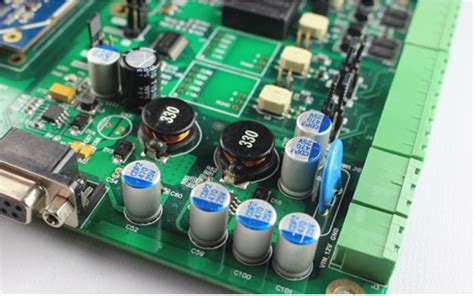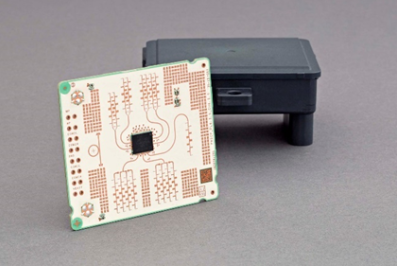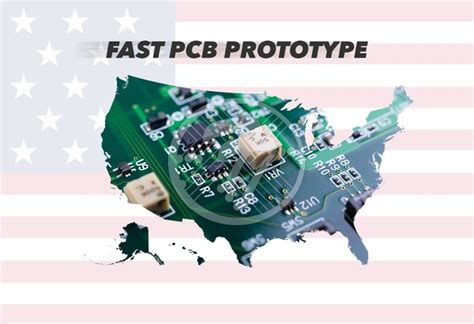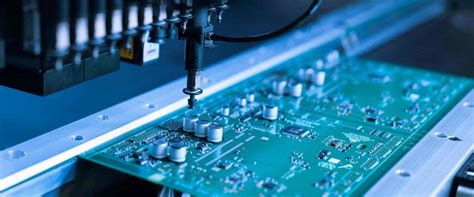Pcb circuit design software
Top 10 free and powerful PCB design software
Nothing is better than free, not even PCB software. It cannot be said that more expensive software is better than free software. In this article, we will take a look at some of the popular PCB design platforms in the past, which are still updated from time to time. First of all, we have to make a clear standard. The software we choose below has been updated at least once in the past two years.
ZentiPCB
The first on our list is the ZentiPCB platform from Mirko Bruno Sortini, which provides a series of free software to help users design their own PCBs. ZentiCapture allows users to quickly and easily design schematics using a simple tool set, which allows users to place parts (component symbols) through orthogonal locking and pin snapping. Once the schematics (in the form of diagrams) are completed, they can be ported to ZentiPCb.
ZentiPCB is a CAD-based program that allows users to import netlist files and visualize their diagrams. The layout editor provides the ability to import components directly from the library using cursors, and supports single-sided and double-sided boards depending on the needs.

TinyCAD
TinyCAD comes from SourceForge users beischer, don_lucas and mattpyne. Don’t underestimate this software because of its name. This software provides all the functions of PCB design and wiring design. This software contains 42 libraries with a total of 755 symbols, including digital logic gates, electromechanical components and even microcontrollers. And each component can be edited, and users can even add their own component symbols. TinyCAD supports multiple netlist formats (Eagle SCR, PADS-PCB, XML, etc.), and can also generate SPICE netlists.
CometCAD
CometCAD is another great example of a free software platform, which provides an electronic circuit schematic editor and a PCB wiring editor. However, this software is only available on the Windows platform. The CometCAD electronic circuit schematic editor supports multi-page schematics, symbol rotation, parts list and netlist schematic output. The PCB wiring editor provides almost all the functions mentioned above (component library, double-sided PCB, etc.), and also has the function of outputting CAM files, and can also design rectangular multi-PCB boards with it.
BSch3V
Those who don’t want unnecessary features and only need the most basic functions can try Suigyodo’s BSch3V schematic capture package (BSch stands for Basic Schematic). The PCB editor allows users to design single-layer, double-layer, and even four-layer PCB boards with a design area of 30 square millimeters. It also has a component library, component list generator, and a netlist generator. Users can also use two other software to enhance the functions of BSch3V, including SmdICpad (for QFP, PLCC, SOP data) and POLYGON (area for placing copper).
Designer
PCWeb’s Designer is one of the most feature-rich editors on the Internet, and it is also free to use. The software has an impressive lineup of tools, including Schematic Capture (place components, routing/nets, annotations, etc.), PCB (place components, routing, design rule checking, etc.) and Part Editor (create/define components, add symbols, etc.), and it also includes a BOM function. The BOM manager integrates Digi-Key, allowing users to assign a number to each individual component on their PCB, which will be displayed through the BOM table for easy procurement. This software is a software that is conducive to efficient production
Fritzing
The Fritzing platform is not just a simple PCB editor, but its purpose is for makers and hackers to actually create their own designs. It is designed to enable users to realize their own designs based on Arduino microcontrollers and create PCB routing that can be used for production. Once the user has designed an actual circuit on the breadboard, it can then be transferred to the editor, which contains three different project perspectives. The breadboard perspective allows users to drag and drop virtual electronic components on a virtual breadboard. The schematic perspective is the formal expression of the schematic, which corresponds to the circuit on the virtual breadboard, but the user can also edit it as needed. Finally, the PCB view allows the user to place components on a virtual printed circuit board, which can then be used for production.

KiCAD
Arguably the most popular free PCB editor on the Internet is KiCAD, an EDA tool similar to the aforementioned Fritzing. The software provides virtual environment functionality at every stage of the design process. Included are components such as Eeschema (schematic editor), Pcbnew (PCB editor), Gerbview (Gerber file viewer), and Cvpcb (for component association path selector). There is also a built-in BOM manager, which allows users to mark bills of materials and easily calculate costs.
DesignSpark
DesignSpark’s PCB platform is another widely used PCB editing tool for EDA applications. Similar to the two tools mentioned above, DesignSpark PCB provides schematic editing capabilities, while PCB Wizard is used to improve schematics and Autorouter can complete automatic routing between components. The software does have some caveats, however. It is very resource-intensive, can cause problems if projects are not on the same computer, has some features that require user registration to unlock, and worst of all, displays ads.
gEDA
Despite the fact that most PCB software runs on Windows-based computers, there are some designed for Linux users, including Ales Hvezda’s gEDA project, which provides a collaborative open source EDA tool. The collaborative part refers to the ongoing efforts of collaborating developers to develop and update the gEDA toolkit, which includes gEDA’s schematic capture and netlist platforms for circuit design, PCB layout design and optimization, and Icarus Verilog (a hardware description language for simulating electronic systems). It also includes the ngspice/ngucap SPICE/analog simulator, the gerbv Gerber viewer, and the GTKWave digital waveform viewer.

Osmand PCB
A PCB editor for Mac from Osmand PCB allows users to design PCBs of nearly any size, shape, and with as many layers as they want. The software can design routing with spatial resolution as low as 10 nanometers and routing at any angle, and supports imperial and metric units. Osmand also allows users to move and reposition components, connect/route/modify paths, and use its included libraries to design PCB labels. The software also supports scripting support in the Lua language, and can generate Gerber (RS-274X) files and Excellon presentation files. This is a luxurious configuration for a free software.







